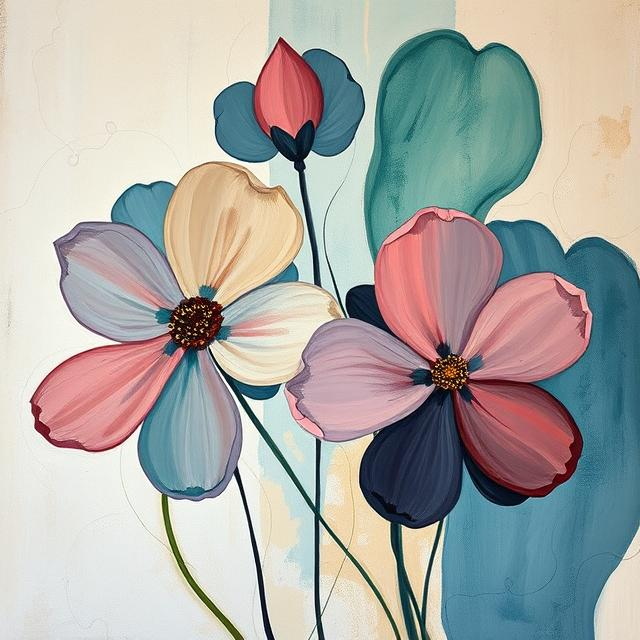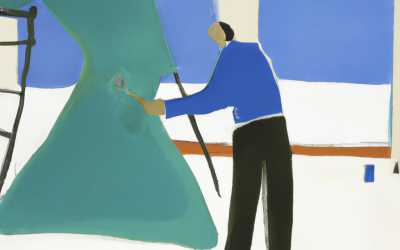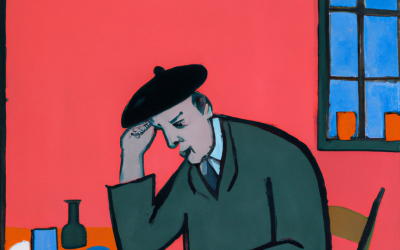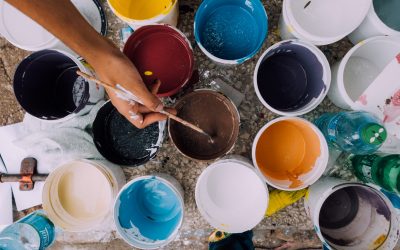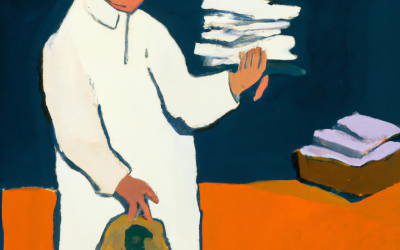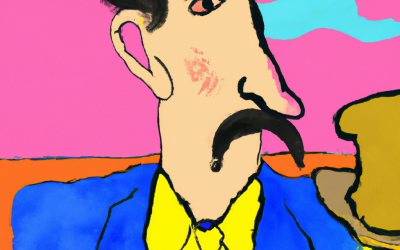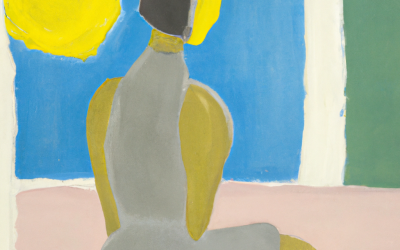In a world filled with constant demands and stress, finding effective ways to address emotional challenges is essential for maintaining well-being. One transformative method is art therapy, a respected field in mental health care that highlights the psychological, emotional, and physical benefits of creating art.
Through activities like drawing, painting, sculpting, and other forms of creative expression, individuals can embark on a journey of emotional healing through art.
Art therapy fosters inner peace and personal growth by providing a non-verbal outlet for complex feelings and experiences that may be hard to articulate. It creates a safe, supportive space to process and release emotional burdens. Whether facing anxiety, depression, trauma, or everyday stress, engaging in art offers a calming, meditative, and empowering experience.
This practice promotes emotional resilience and supports overall mental health, making it a valuable tool for coping with life’s challenges.

The Science Behind Art Therapy
Understanding How Art Affects the Brain
Art therapy’s effectiveness stems from its profound impact on the brain’s structure and function. Engaging in artistic activities like drawing, painting, or sculpting activates multiple regions of the brain. These include the prefrontal cortex, which plays a role in decision-making, problem-solving, and self-control; the amygdala, responsible for processing emotions and emotional memories; and the hippocampus, which is essential for memory formation and recall.
The creative process also stimulates the right hemisphere of the brain, associated with creativity, spatial awareness, and artistic tasks. This integration of cognitive processes, emotional responses, and sensory experiences promotes overall brain health. For example, art-making can trigger the release of neurotransmitters such as dopamine and serotonin, which enhance well-being and help alleviate symptoms of stress, anxiety, and depression.
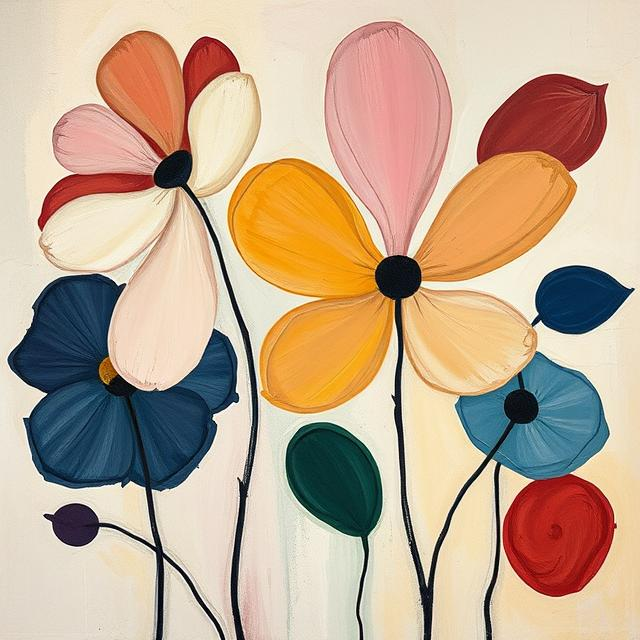
Research Studies Supporting Art Therapy
Numerous studies have confirmed the effectiveness of art therapy across different populations and treatment settings. For instance, a randomized controlled study involving children revealed that those who participated in art therapy demonstrated greater improvements on anxiety tests compared to those who did not.
Research has also examined the impact of art therapy on individuals with depression and post-traumatic stress disorder (PTSD). The neuroplasticity theory of depression suggests that art therapy can induce neuroplastic changes in brain organization, activity, and connectivity, particularly in frontal, emotional, and sensory circuits. These changes can improve cognitive function and mood, alleviating symptoms of depression.
Additionally, studies conducted at Drexel University and other institutions have shown that participants in art therapy sessions, especially those led by trained art therapists, experience lower levels of cortisol (the stress hormone), improved mood, and increased self-efficacy. Even short sessions, such as 45-minute creative activities, have been found to provide significant psychological benefits for patients and caregivers dealing with chronic stress.

Modalities for Emotional Healing Through Art
Visual Arts: Painting and Drawing
The visual arts, including painting and drawing, are powerful tools in the field of art therapy. These creative modalities enable individuals to express and process their emotions in a non-verbal way, often uncovering insights that may be difficult to access through spoken communication.
For example, painting can be an incredibly expressive and liberating activity. Expressive painting, a key practice in art therapy, encourages spontaneity and raw emotional expression, making it especially beneficial for those who find it challenging to articulate their feelings. This technique helps release pent-up emotions, reduce stress and anxiety, and enhance self-awareness and emotional regulation.
Drawing, on the other hand, is a versatile medium that allows individuals to convey feelings without the need for words. It supports quick and spontaneous creation, making it ideal for capturing fleeting emotions or processing rapid mood changes. Drawing exercises can be useful in identifying dysfunctional patterns, connecting with emotions, and providing a visual representation of inner experiences. This can be particularly helpful for individuals dealing with bipolar disorder or other mental health conditions that impact emotional regulation.

Performing Arts: Dance and Drama
The performing arts, such as dance and drama, offer unique opportunities for emotional expression and healing. Dance/movement therapy uses physical expression to process and release emotional experiences. This approach helps individuals connect with their physical and emotional selves, facilitating the release of suppressed emotions and promoting emotional balance. Through movement, clients can express feelings that may be difficult to articulate verbally, and a trained therapist can help interpret these movements to foster healing.
Drama therapy incorporates role-play, improvisation, and storytelling to help individuals embody and work through challenging emotions. This method provides a safe space for exploring different roles and scenarios, allowing clients to express and resolve emotional conflicts. Engaging in dramatic activities can lead to new perspectives, improved emotional regulation skills, and enhanced self-awareness and self-expression.
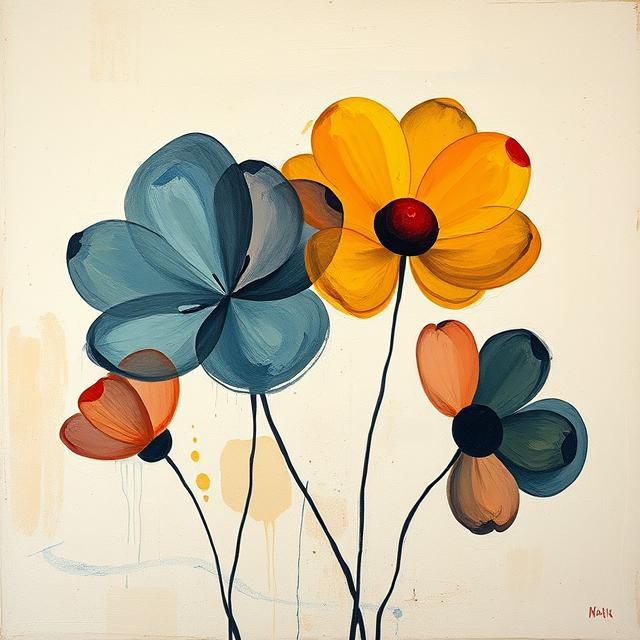
Literary Arts: Writing and Storytelling
The literary arts, including writing and storytelling, are deeply impactful modalities for emotional healing. Writing, whether through poetry, prose, or journaling, offers a reflective and expressive outlet for processing emotions and experiences. Art journaling, for instance, combines visual art-making with reflective writing, enabling individuals to document their thoughts, feelings, and experiences creatively and personally. This practice fosters self-reflection, introspection, and mindfulness, while providing a safe space for emotional expression and personal growth.
Storytelling, whether through written narratives or oral traditions, is another effective way to process and heal from emotional experiences. It allows individuals to create a narrative around their feelings and experiences, offering a sense of control and understanding. Through storytelling, clients can work through trauma, grief, or other intense emotions, gaining insights into their inner worlds and achieving deeper self-awareness and emotional regulation.

Personal Stories of Transformation
Case Studies from Art Therapy Sessions
Art therapy has been a transformative force in the lives of many individuals, as evidenced by numerous case studies. One compelling example is the story of D, a man who struggled with extreme anxiety, alcoholism, and a lack of self-confidence. When D first began art therapy, he was barely able to make eye contact or complete sentences, and his hands would tremble constantly. However, through consistent art therapy sessions, D’s transformation was remarkable. He progressed from creating faint, trembling lines to producing vibrant, intricate artworks that reflected his growing confidence and engagement with life. After several months, D had stopped drinking, was sleeping better, and felt a newfound sense of purpose and meaning in his life. His artwork became a visual testament to his emotional healing and personal growth.
Another example is Sophia, a young girl who struggled with severe anxiety and social difficulties. Through art therapy, Sophia found a non-verbal outlet to express her fears, frustrations, and hopes. Her initial drawings were simple and hesitant, but over time, they evolved into complex, colorful scenes that reflected her improving emotional state. As Sophia continued with art therapy, she began to use her voice more confidently, both in therapy sessions and in her daily life. Her parents noticed a significant improvement in her social interactions and overall well-being, attributing much of this progress to the expressive freedom provided by art therapy.
John, a war veteran diagnosed with PTSD, is another example of the transformative power of art therapy. John’s conventional talk therapy was supplemented with art therapy, which allowed him to externalize his trauma in ways that words could not capture. He painted dark, chaotic scenes that represented his inner turmoil, but as he continued with the therapy, his paintings gradually shifted to more structured and serene compositions. This artistic progression mirrored his emotional journey, leading to fewer flashbacks and a significant reduction in anxiety.
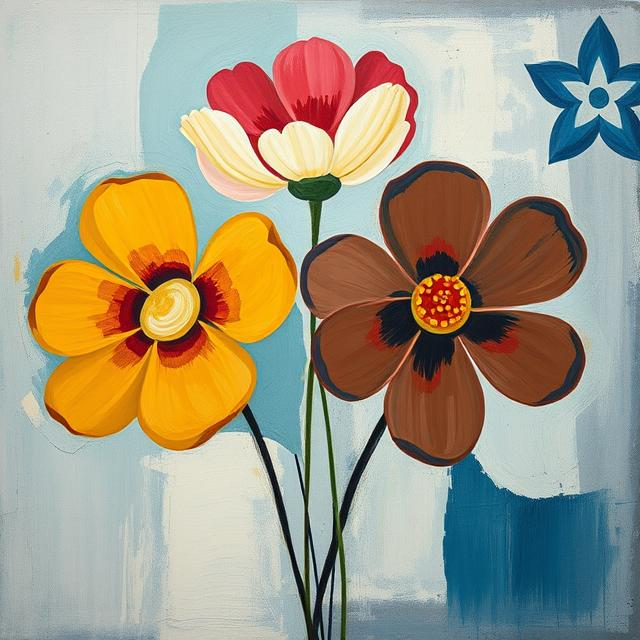
Inspiring Artists Who Healed Through Their Art
Beyond clinical settings, many artists have found healing and personal growth through their creative work. For instance, consider the story of Julia, who struggled with anxiety and self-doubt. Although she had no formal art background, Julia found solace in art therapy, which allowed her to express her feelings through colors, shapes, and symbols. Her journey through art therapy helped her develop a greater sense of self-compassion and acceptance, enabling her to manage her anxiety in a more constructive way. Julia’s experience highlights how art can serve as a powerful tool for self-discovery and emotional healing, even for those without a prior artistic background.
Another inspiring example is that of individuals who have used art to process and heal from traumatic experiences. For example, a woman who had been emotionally trapped for 34 years discovered through painting that she had been living in her own “emotional dungeon.” This realization, facilitated by the creative process, allowed her to confront and release long-held emotions, leading to a profound sense of healing and liberation.
These stories underscore the universal potential of art to heal and transform lives, whether through formal therapy sessions or personal creative endeavors. They demonstrate that the act of creating art can be a powerful catalyst for emotional healing, personal growth, and a deeper connection to one’s inner self.
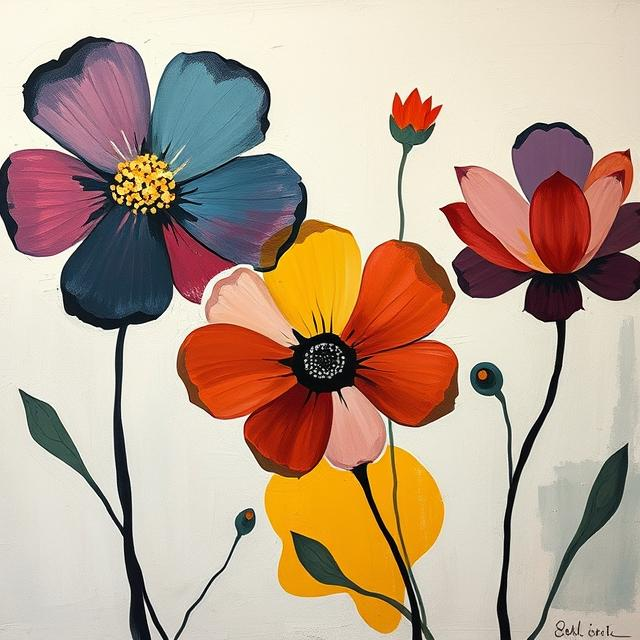
Integrating Art into Daily Life for Emotional Well-being
In conclusion, art therapy provides a powerful and transformative method for emotional healing, personal growth, and mental well-being. By participating in various artistic activities such as painting, drawing, dance, drama, and writing, individuals can express and process their emotions in a non-verbal yet profoundly meaningful manner.
The advantages of art therapy include reduced stress and anxiety, improved self-esteem and emotional resilience, as well as enhanced cognitive and social skills. Whether through formal therapy sessions or personal creative pursuits, incorporating art into daily life can nurture a deeper connection with one’s inner self and support overall emotional well-being.
Embrace the healing power of art and take the first step toward a more expressive, resilient, and fulfilling life.

